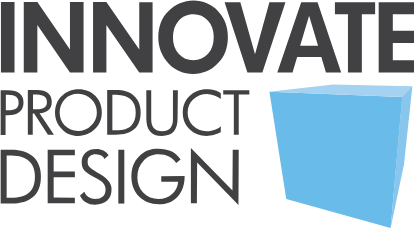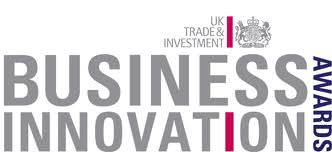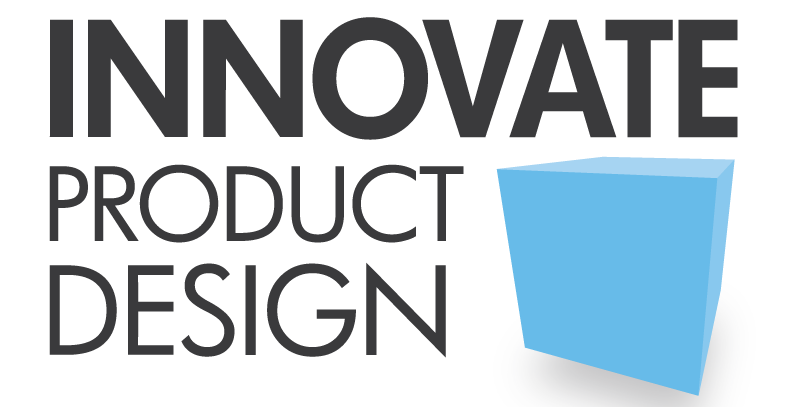Thank you to all of those who attended our Free Event “From Concept to Product to Market.” We had a wonderful gathering and received lots of useful information. For those of you who couldn’t make it, we have listed some of the main key points that were discussed.Some of the Key Points Taken from Jessica Vann, Client Manager at Innovate Product DesignWhen you have a new idea it is important to remember a few things:
- Confidentiality – you want to be careful who you talk to about your idea;
- Uniqueness – most inventors think their idea is unique, but with a little digging you may find that’s not the case;
- Product Research – taking time to look into the existing product market will give you a useful idea of whether your idea is worth taking forward;
- Patent Research – if after doing a product search, you still want to move forward, a patent search establishes background and context for your idea;
- Product Design – a product designer can help turn your thoughts in your head or rough sketches on paper and turn them into a viable product; and
- Protection – the application for Intellectual Property will be the point where your concept becomes something that is formally registered.
Some of the Key Points Taken From Sanjay Prasad, IP AttorneyPatents – Some Considerations
- Careful of who you disclose your invention to – 1 year grace period in the U.S. in theory still exists, but its risky;
- Provisionals can be a cost effective approach – needs to be carefully prepared with many of the same considerations as a utility application;
- The patent process can be lengthy – the invention needs to have some staying power
- The patent process can be expenseive – the invention needs to have some commercial significance;
- Timing is everything – especially now with the first to file;
- The technical description in the patent application is key – onvce filed the specification cannot be changed substantively and put some thought into what you regard the invention to be
- Engage in some prior art searching – the world wide web makes this easier and cheaper; and
- Be careful about telling companies that your patent covers their product – could lead to actions in the Patent and Trademark Office , and/or federal district court.
Some of the Key Points Taken From Larry Udell, Founder of California Invention CenterYou can’t always be right. Making predictions is a tricky business. Here are some funny prediction quotes.”I think there is a world market for maybe five computers!” – Thomas Watson, Chairman of IBM 1943″This ‘telephone’ has too many shortcomings to be seriously considered as a means of communication. The device is of no value to us.” – Western Union, Internal Memon 1876The best one is:”Who in their right mind would ever need more than 640K of RAM?” – Bill Gates, Co-founder & Chairman Microsoft 1981Creativity is alive and well in America.Some of the Key Points Taken From Bill Seidel, CEO of America InventsAn Invention is not the same as a Product
- License an invention – Sell a product
- Inventions cost money – Products make money
- Inventions are patented – Products are packaged
- Defend inventions in court – Sell products in stores
- Develop an invention – Distribute a product
- Prototype an invention – Manufacture a product
- “Productize” an invention – Market a product
- Inventions have potential – Products have value
Thank you to Larry Udell, Sanjay Prasad and Bill Seidel for speaking at the event.



